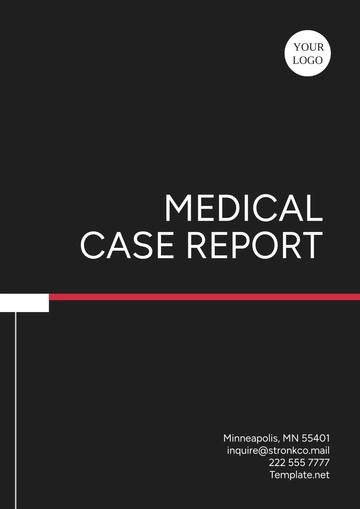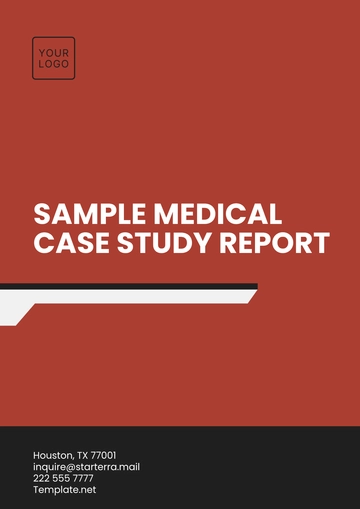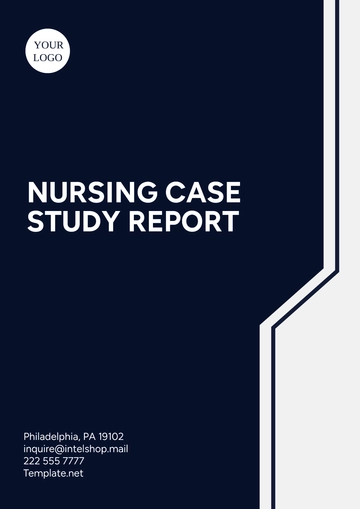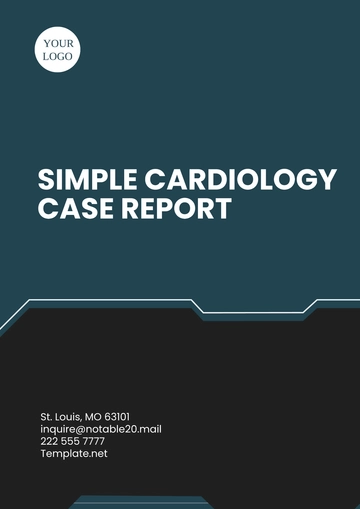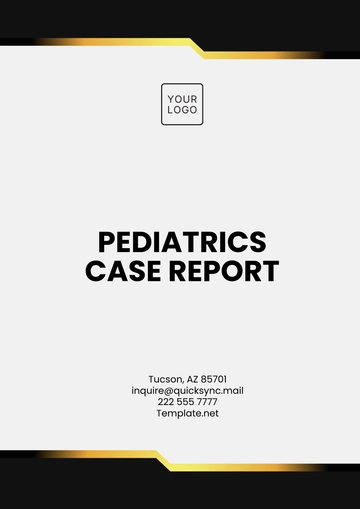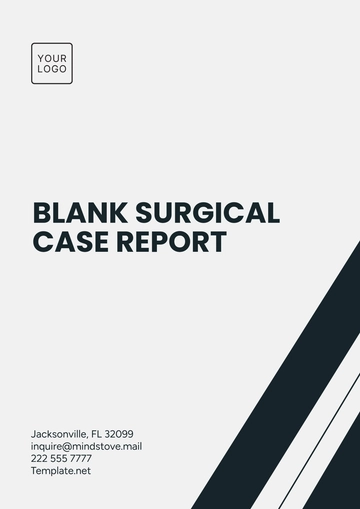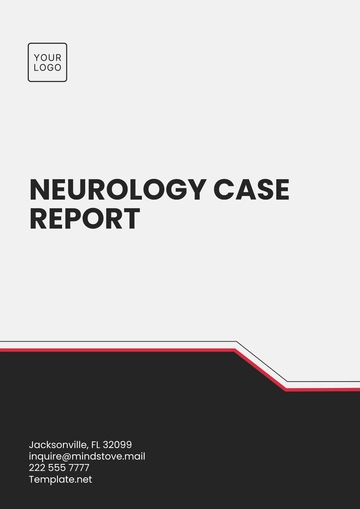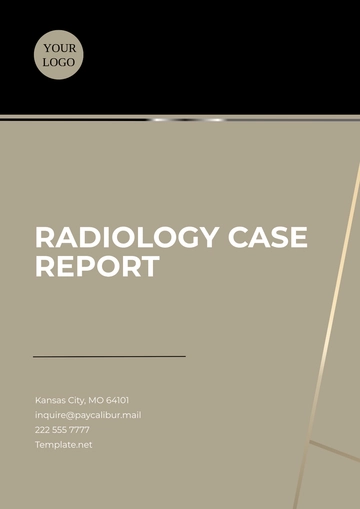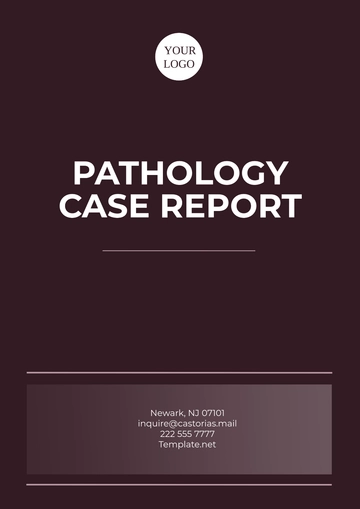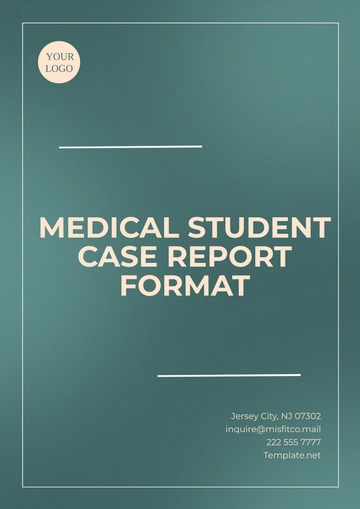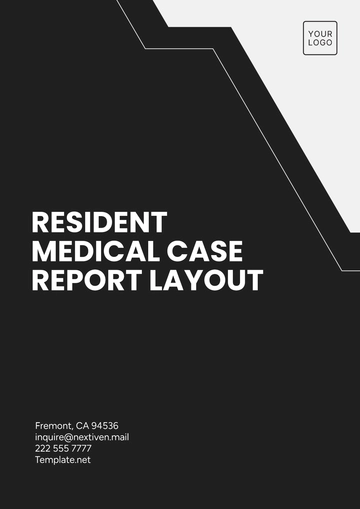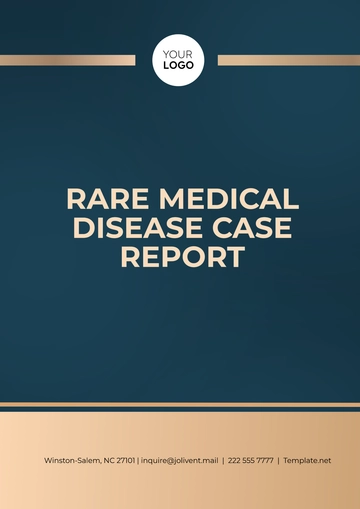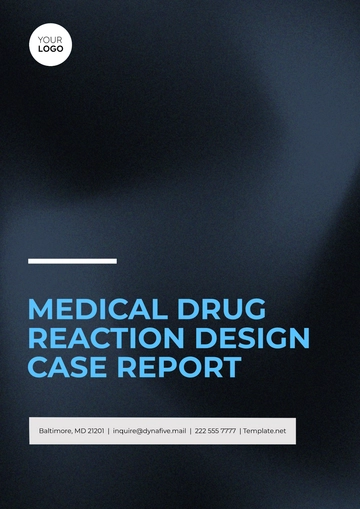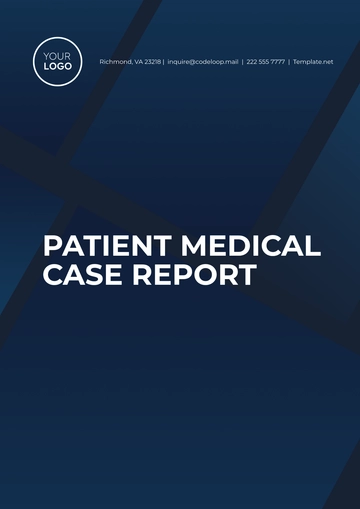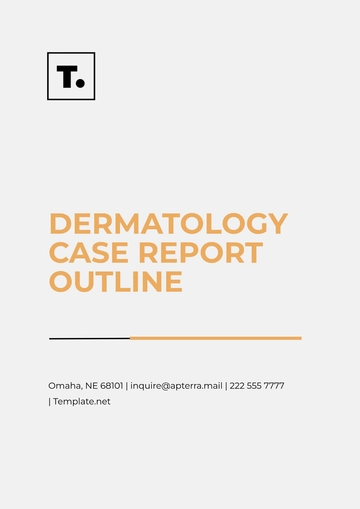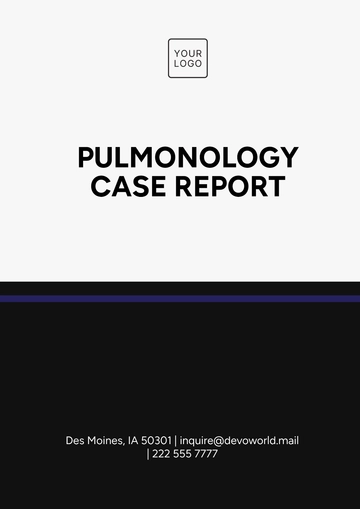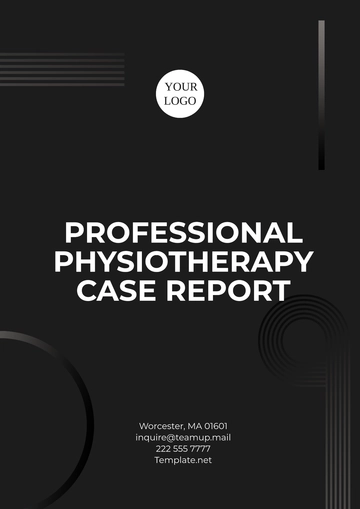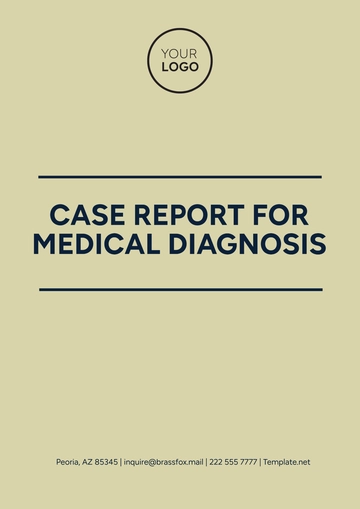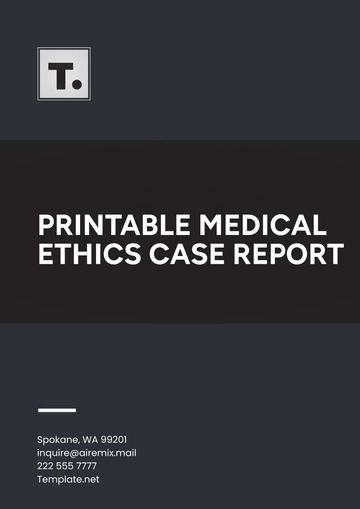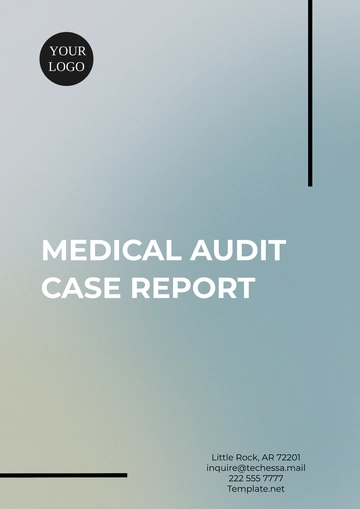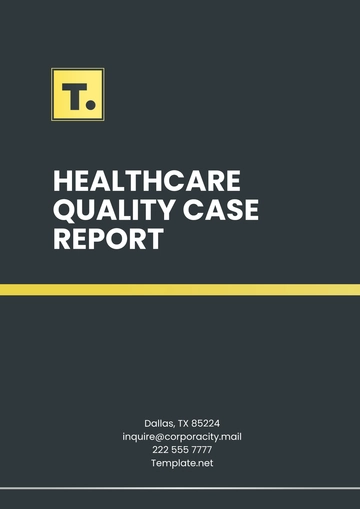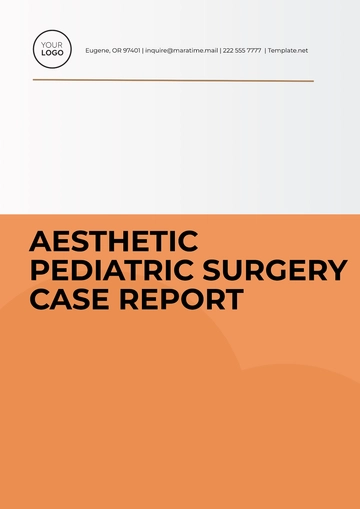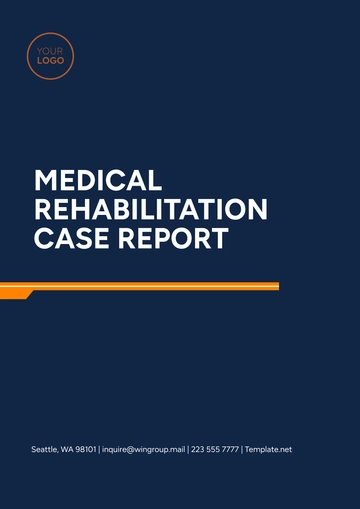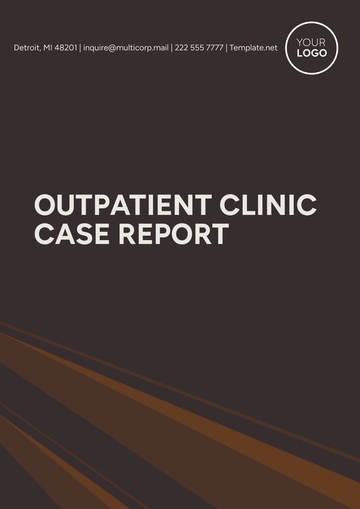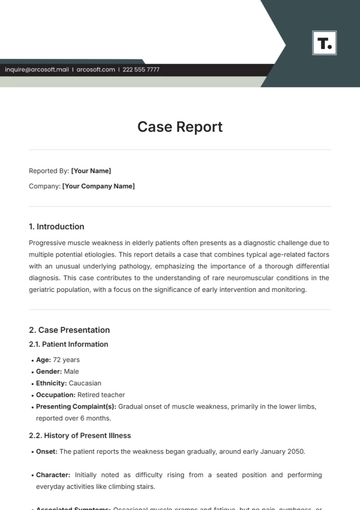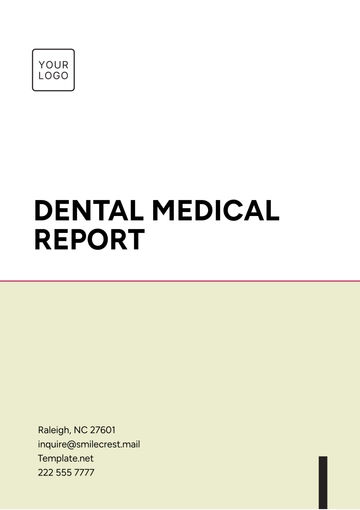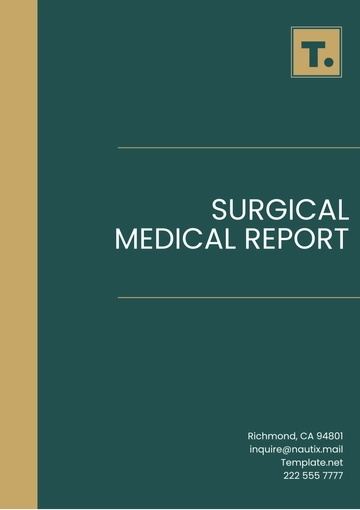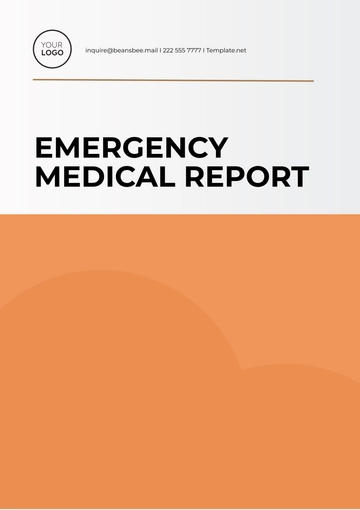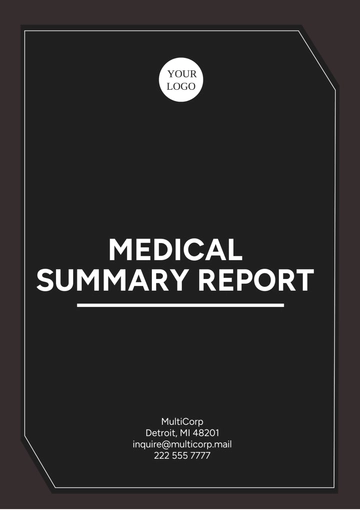Free Pulmonology Case Report
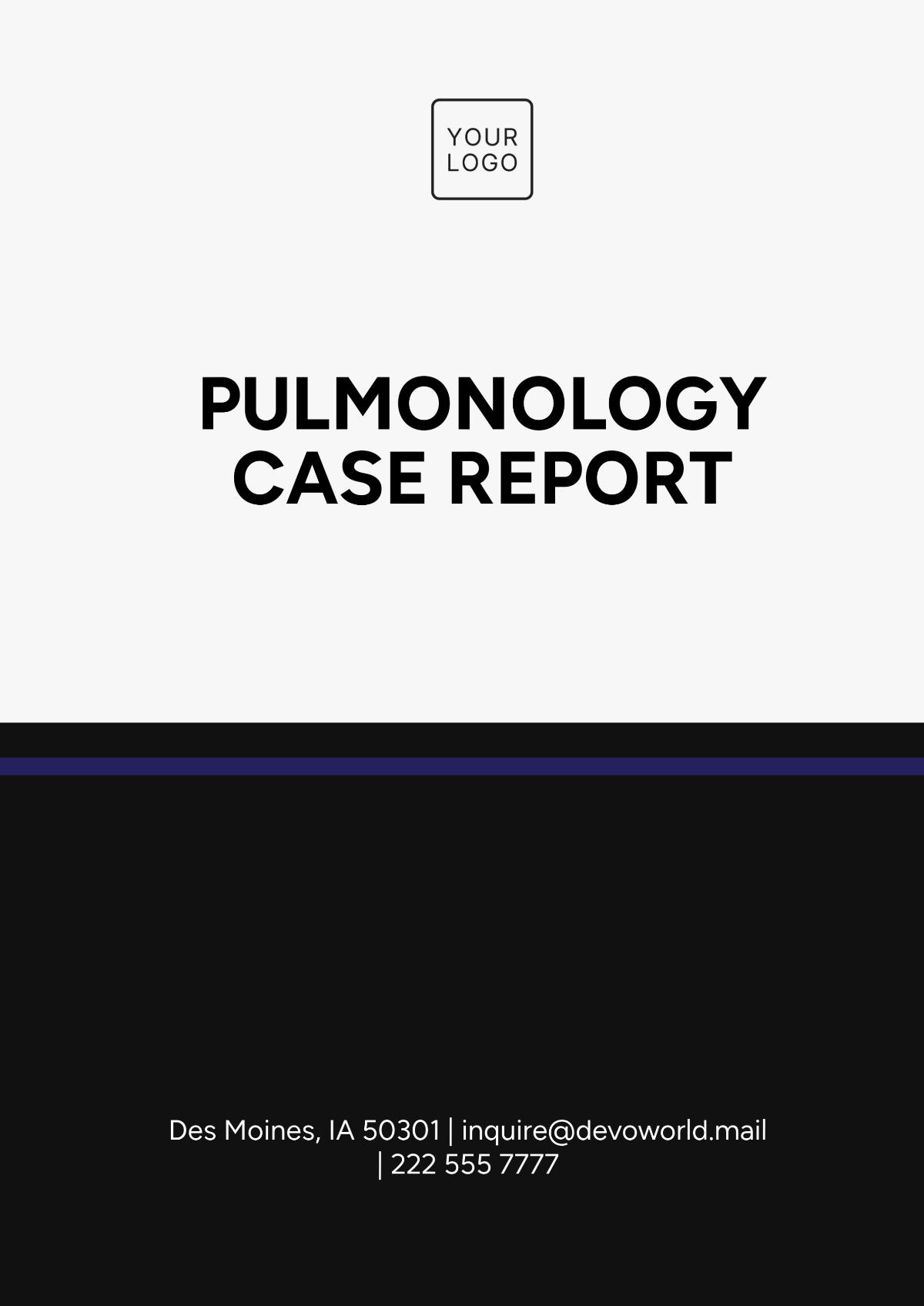
1. Introduction
This pulmonology case report presents a detailed analysis of a patient diagnosed with chronic obstructive pulmonary disease (COPD). The case highlights diagnostic challenges, intervention strategies, and patient outcomes. The goal of this report is to provide a comprehensive overview of the case to augment clinical understanding and improve patient management strategies in similar scenarios.
2. Patient Information
The patient, a 68-year-old retired male, presented with progressive shortness of breath and chronic cough. Relevant medical history includes a 40-year smoking history and a previous diagnosis of hypertension. The patient reported adherence to medications for hypertension and had a sedentary lifestyle.
Demographics
Attribute | Details |
|---|---|
Age | 68 years |
Gender | Male |
Occupation | Retired |
Smoking History | 40 pack-years |
Comorbidities | Hypertension |
3. Clinical Information
Symptoms
Progressive shortness of breath
Chronic productive cough
Intermittent wheezing
Diagnostic Workup
Initial physical examination revealed hyperinflated lungs with decreased breath sounds throughout. Subsequent investigations included spirometry, chest X-ray, and arterial blood gas analysis.
Investigation | Findings |
|---|---|
Spirometry | FEV1/FVC < 70% |
Chest X-ray | Hyperinflation |
Arterial Blood Gas | pH 7.35, pCO2 50 mmHg, pO2 60 mmHg |
4. Differential Diagnosis
The differential diagnosis included asthma, bronchiectasis, and congestive heart failure, but clinical and investigative findings confirmed COPD.
5. Management and Treatment
A. Pharmacological Treatment
Inhaled bronchodilators: Tiotropium
Inhaled corticosteroids: Budesonide
Oral corticosteroids: Prednisone during acute exacerbations
Antibiotics: Azithromycin during bacterial infections
B. Non-Pharmacological Treatment
Smoking cessation support
Pulmonary rehabilitation
Oxygen therapy
6. Outcomes and Follow-up
The patient showed significant improvement post-treatment initiation, with reduced frequency and severity of exacerbations. Regular follow-ups were scheduled every three months to monitor lung function and manage any new symptoms or complications.
7. Discussion
This case underscores the importance of a thorough clinical evaluation in patients with a history of smoking. Early detection and comprehensive management, combining both pharmacologic and non-pharmacologic strategies, were pivotal in improving the patient’s quality of life.
Given the chronic nature of COPD, individualized patient education on disease management and lifestyle modifications plays a critical role in long-term care.
8. Conclusion
In conclusion, COPD remains a major public health challenge. This case report demonstrates how timely intervention and a multidisciplinary approach can achieve favorable outcomes. Further research is needed to improve early diagnostic methods and develop novel therapies to manage COPD more effectively.
- 100% Customizable, free editor
- Access 1 Million+ Templates, photo’s & graphics
- Download or share as a template
- Click and replace photos, graphics, text, backgrounds
- Resize, crop, AI write & more
- Access advanced editor
Document pulmonology cases efficiently with Template.net’s Pulmonology Case Report Template. This editable and customizable format is perfect for capturing pulmonary assessments and treatment plans. Editable in our AI Editor Tool, it ensures that pulmonology cases are reported professionally and accurately.
You may also like
- Sales Report
- Daily Report
- Project Report
- Business Report
- Weekly Report
- Incident Report
- Annual Report
- Report Layout
- Report Design
- Progress Report
- Marketing Report
- Company Report
- Monthly Report
- Audit Report
- Status Report
- School Report
- Reports Hr
- Management Report
- Project Status Report
- Handover Report
- Health And Safety Report
- Restaurant Report
- Construction Report
- Research Report
- Evaluation Report
- Investigation Report
- Employee Report
- Advertising Report
- Weekly Status Report
- Project Management Report
- Finance Report
- Service Report
- Technical Report
- Meeting Report
- Quarterly Report
- Inspection Report
- Medical Report
- Test Report
- Summary Report
- Inventory Report
- Valuation Report
- Operations Report
- Payroll Report
- Training Report
- Job Report
- Case Report
- Performance Report
- Board Report
- Internal Audit Report
- Student Report
- Monthly Management Report
- Small Business Report
- Accident Report
- Call Center Report
- Activity Report
- IT and Software Report
- Internship Report
- Visit Report
- Product Report
- Book Report
- Property Report
- Recruitment Report
- University Report
- Event Report
- SEO Report
- Conference Report
- Narrative Report
- Nursing Home Report
- Preschool Report
- Call Report
- Customer Report
- Employee Incident Report
- Accomplishment Report
- Social Media Report
- Work From Home Report
- Security Report
- Damage Report
- Quality Report
- Internal Report
- Nurse Report
- Real Estate Report
- Hotel Report
- Equipment Report
- Credit Report
- Field Report
- Non Profit Report
- Maintenance Report
- News Report
- Survey Report
- Executive Report
- Law Firm Report
- Advertising Agency Report
- Interior Design Report
- Travel Agency Report
- Stock Report
- Salon Report
- Bug Report
- Workplace Report
- Action Report
- Investor Report
- Cleaning Services Report
- Consulting Report
- Freelancer Report
- Site Visit Report
- Trip Report
- Classroom Observation Report
- Vehicle Report
- Final Report
- Software Report
